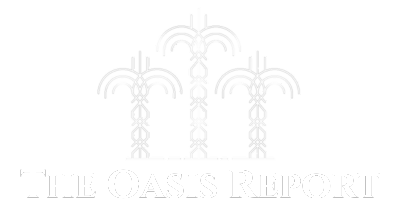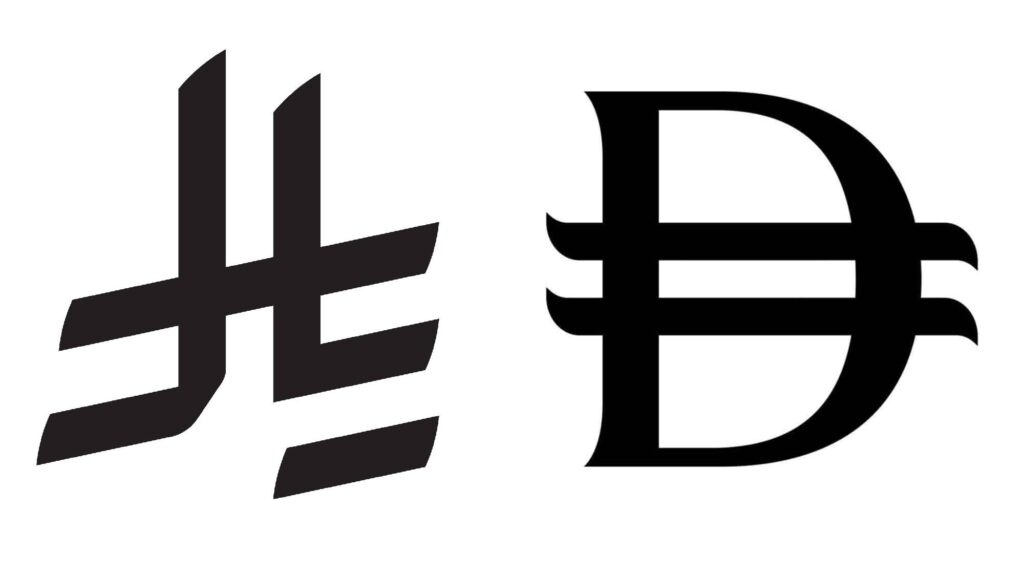New currency symbols for UAE and Saudi
Widely available by year end
Inspired by national cultures
Within five weeks of each other, Saudi Arabia and the UAE have announced newly designed currency symbols for the riyal and the dirham, a decision that both countries says would strengthen their respective currencies’ place in the global economy.
They join a small, but growing, list of states that use unique symbols to refer to their currency. Technological developments over the past 20 years have made it much easier for countries to claim a place for their currency in type alongside the US dollar ($), pound sterling (£) and euro (€).
The new symbols for the dirham and the riyal should appear in mainstream typographical fonts by the end of the year. Analysts say that the decision is unlikely to have any direct economic impact, but as a branding exercise it could help promote the Emirati and Saudi economies.
“One of the reasons they’ve done this is obviously to elevate their currency within the global currency market,” says Theo Adamson, managing director at the design and branding agency Formulate Creative. “It helps to make the currency more recognisable, to give it more visual presence.”
Replacing the common three-letter abbreviations with unique characters, Adamson says, helps to place the riyal and the dirham alongside hard currencies such as the pound and the dollar.
“From a graphic design point of view or a brand mark, symbols are really powerful,” he says. “The pound sign or a dollar sign becomes synonymous with the country itself, just like a flag.”
Both currencies claim to take inspiration from the national culture, with the riyal composed of the four letters that spell the word “riyal” in Arabic. According to Cornel Windlin, who helped set up the Swiss type foundry Lineto, currency symbols need not only to be instantly recognisable but, crucially, versatile enough to fit into a variety of typefaces.
“It’s a fairly complex design problem,” he says.
Until recently, the biggest challenge for countries trying to introduce new currency symbols was disseminating the finished product. Through the age of typewriters into the days of word processors, systems operated independently of each other, necessitating painstaking promotion campaigns to ensure uniformity amongst different systems.
This changed with the rise of the Unicode Consortium, a group based in California that has essentially unified character sets across languages and typefaces. The unicode now provides the basis for all symbols and special characters entering international usage and is even the leading authority on emojis.
“If it’s not in the unicode, it more or less doesn’t exist,” says Windlin.
Following the advent of the unicode, more countries have adopted unique currency symbols of their own.
Within three years of each other, Russia, India and Turkey introduced symbols of their own for the rouble, rupee and lira respectively, as a demonstration of their growing economic ambitions. The rouble and rupee symbols were designed based on the letter R and its equivalent in the Cyrillic and Devanagari scripts.
The lira stylised a Latin “L” to resemble an anchor, which, upon announcing the currency, President Erdoğan says would “convey that the currency is a safe harbour”. The lira has since depreciated by 95 percent.
The unicode has helped to broaden the group of countries with currency symbols. In 2002, the Afghan afghani was added to the list. Ukraine introduced a symbol for the hryvnia in 2004 and in 2017, the National Bank of the Kyrgyz Republic introduced a symbol for the som.
“Of course it has become easier,” says Windlin. “It has to do with national pride and making a case that they’re a relevant economy.”
The economic effects of introducing a symbol are less tangible. There is no evidence to suggest that the introduction of a symbol is of any direct consequence to the strength of a particular currency, other than it makes it easy to write.
“It’s quite simple, it’s just better to have one symbol than three letters,” says Windlin. “It’s just more economical.”
Register now: It’s easy and free
AGBI registered members can access even more of our unique analysis and perspective on business and economics in the Middle East.
Why sign uP
Exclusive weekly email from our editor-in-chief
Personalised weekly emails for your preferred industry sectors
Read and download our insight packed white papers
Access to our mobile app
Prioritised access to live events
Already registered? Sign in
I’ll register later



